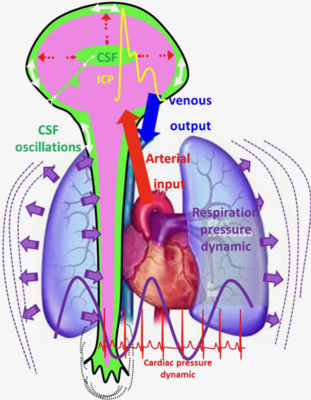Sunrise Session
PC-MRI: Measuring Flow in the Brain
ISMRM & SMRT Annual Meeting • 15-20 May 2021

| Concurrent 7 | 14:00 - 15:00 | Moderators: Koichi Oshio |
 |
PC-MRI: State-of-the-Art Techniques
Olivier Baledent
Cerebral hydrodynamics knowledge has benefited considerably from the introduction of phase-contrast magnetic resonance imaging (PCMRI), the unique technique to investigate CSF and cerebral blood flows oscillations. Using post-processing software, key parameters of flow can be easily calculated. These flows data can be functional information’s complementary to the morphological imaging to better investigate the cranio-spinal system. The objective of this presentation is to describe the power and the limit of such clinical 2D PCMRI protocol concerning CSF and blood flow investigations in different healthy and pathological populations.
|
|
| 4D PC MRI in the brain: basics and applications
Susanne Schnell
Phase-contrast MRI and its extension to 4D flow MRI will be explained. Flowing spins, for example from flowing blood, appear as an artifact in the image. However, by understanding the characteristics of flowing spins, their appearance can be utilized. Phase-contrast MRI is sensitized to flow by using a series of bipolar gradients affecting the phase signal of spins that flow with a uniform velocity in the direction parallel to the gradients. By utilizing ECG gating, fluid flow velocities can be measured in a time-resolved manner. After successful correction of phase errors and velocity aliasing, the fluid dynamics can be quantified.
|
The International Society for Magnetic Resonance in Medicine is accredited by the Accreditation Council for Continuing Medical Education to provide continuing medical education for physicians.